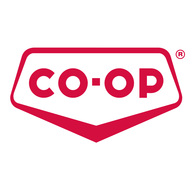
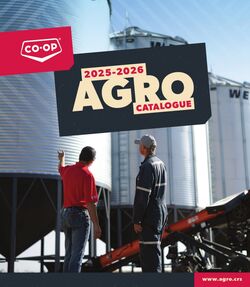
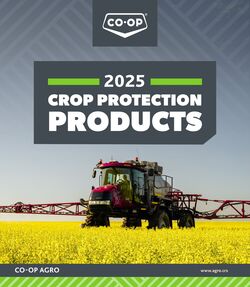
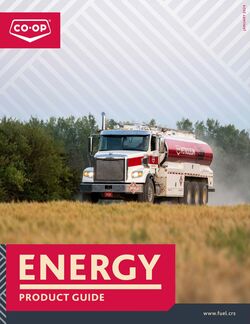





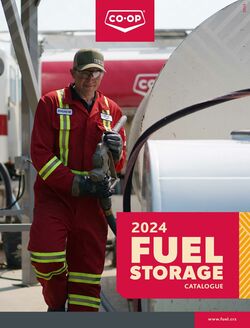



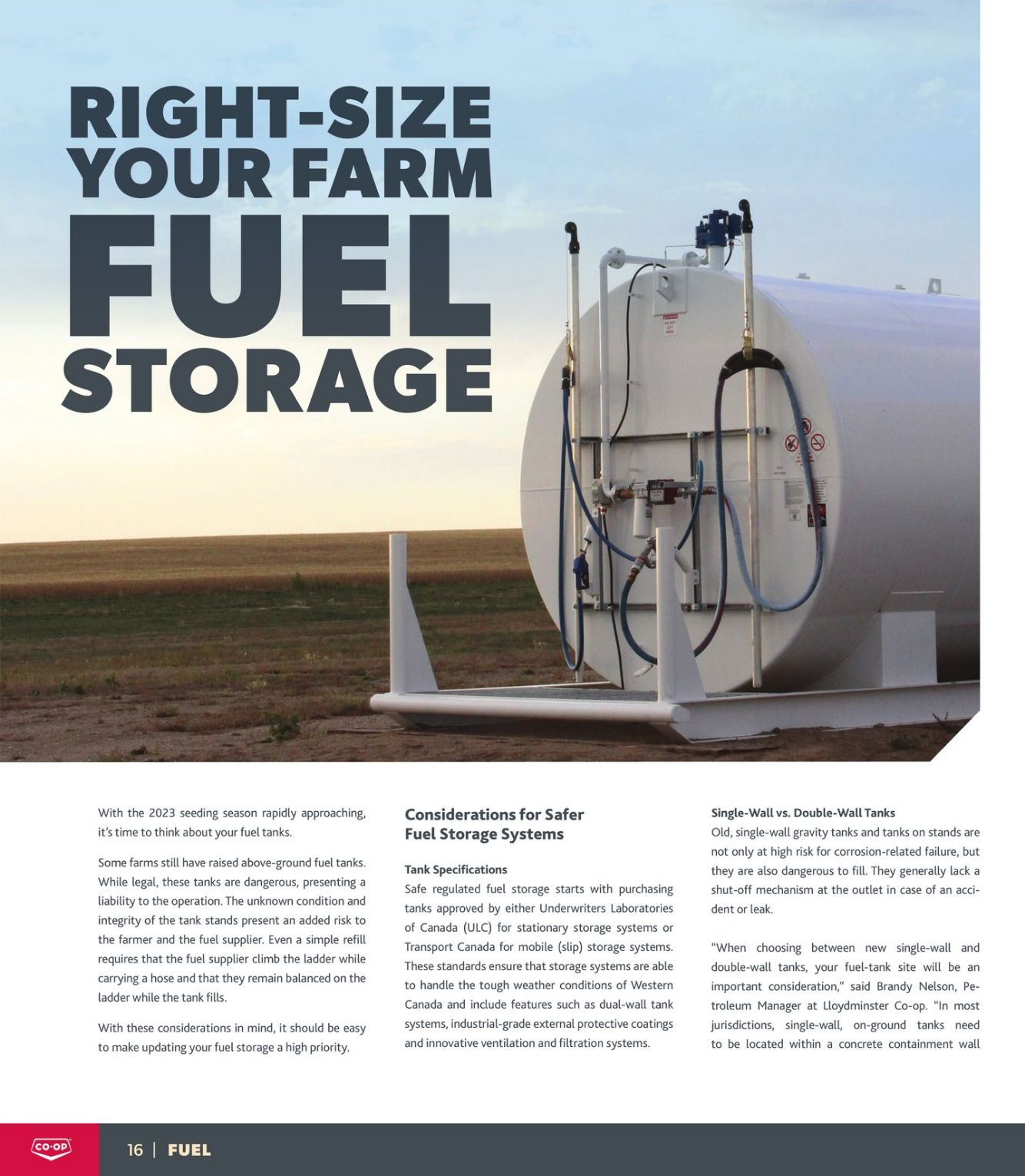
Products in this flyer
RIGHT-SIZE YOUR FARM FUEL STORAGE With the 2023 seeding season rapidly approaching, it time to think about your fuel tanks Some farms still have raised above-ground fuel tanks. While legal, these tanks are dangerous, presenting à liability to the operation. The unknown condition and integrity of the tank stands present an added risk to the farmer and the fuel supplier. Even à simple refill requires that the fuel supplier climb the ladder while carrying a hose and that they remain balanced on the Ladder while the tank fills With these considerations in mind, it should be easy to make updating your fuel storage a high priority Considerations for Safer Fuel Storage Systems Tank Specifications Safe regulated fuel storage starts with purchasing tanks approved by either Underwriters Laboratories of Canada (ULC) for stationary storage systems or Transport Canada for mobile (slip) storage systems. These standards ensure that storage systems are able to handle the tough weather conditions of Western Canada and include features such as dual-wall tank systems, industrial-grade external protective coatings and innovative ventilation and filtration systems. Single-Wall vs. Double-Wall Tanks Où, single-wal gravity tanks and tanks on stands are not only at high risk for corrosion-related failure, but they are also dangerous to fill. They generally lack a shut-off mechanism at the outlet in case of an acci- dent or leak “When choosing between new single-wall and double-wall tanks, your fuel-tank site will be an important consideration" said Brandy Nelson, Pe- troleum Manager at Lloydminster Co-op. “In most jurisdictions, single-wall, on-ground tanks need to be located within a concrete containment wall
| Name | Details |
|---|